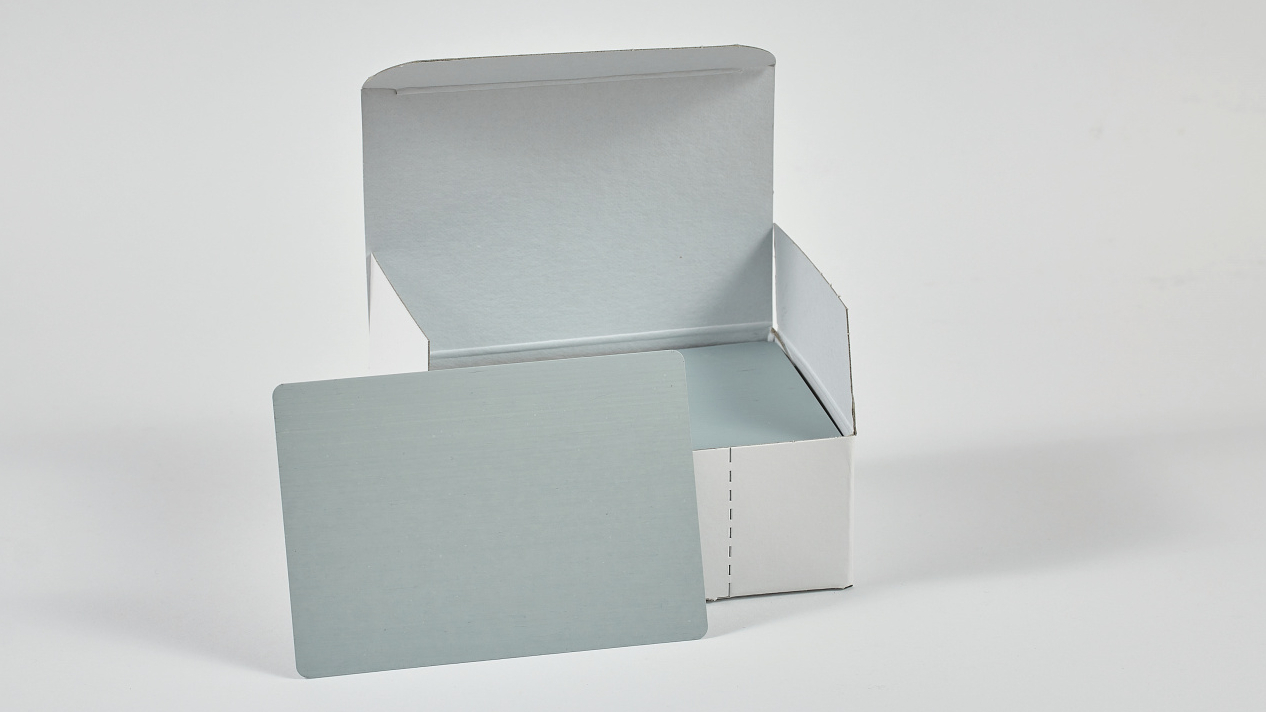Due to the complexity of electroplating baths, the measurement of individual components is often only a small part of the solution. Unfortunately, just because you know the concentrations of metal salts, free acid and possibly organic additives does not mean that the bath will work as desired.
 Chemical analyses of the compounds used are important and helpful. But nothing beats the practical test.
Chemical analyses of the compounds used are important and helpful. But nothing beats the practical test.
One of the most important tests for practical control of the electrolyte is the so-called Hull cell test. In a specially shaped small tank, a layer is deposited on a standardized surface under defined conditions. The result shows a wide current density range and gives the experienced user information about the condition of his bath at a glance.
Due to the small size of the cell, top-ups or selective cleaning can be tested on a small scale before they are implemented in the line. This very effectively avoids nasty surprises.
Organic components in particular decompose over the lifetime of an electrolyte. However, some of the fragments continue to have an effect on the electroplater. So what happens to the surface when the organics are added? A quick test in the Hull cell shows the result.
Met@Lab has set itself the task of providing users of the Hull cell test with all the necessary components. This starts, of course, with the two DIN standardized sheet types brass, polished and steel, galvanized. In addition, the M@L webshop also offers sheets made of aluminum (AlMg5 and Al99), bronze (CuSn6) and copper. Chrome-resistant or transparent cells from 3D printing will follow shortly.
Next, a wide range of soluble and inert anodes for testing is planned for inclusion in the product range, so that the necessary infrastructure, i.e. rectifiers, terminals, cables, thermostats and bath movements, can also be represented in the store.
So it's always worth checking the store to see what's new.


